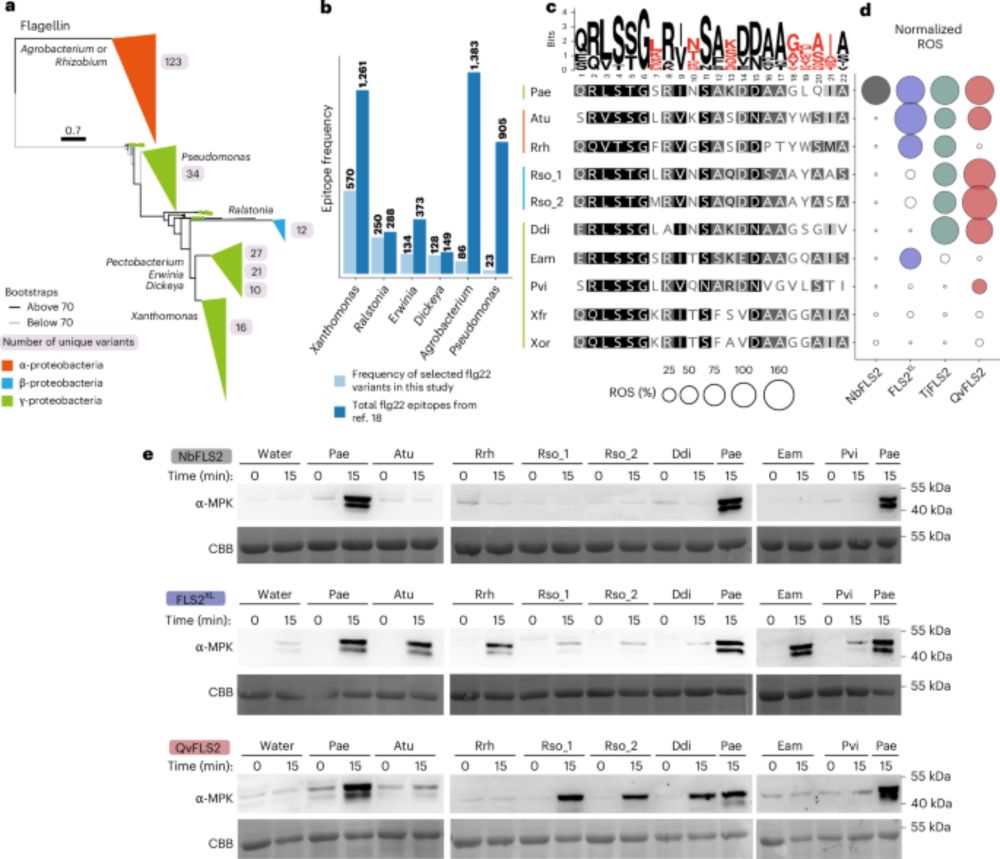
Fig. 1.Four classes of roles of immune proteases illustrated via examples. (i) Pathogen perception: Required for Cladosporium Resistance-3 (Rcr3) protease is inhibited by the fungal avirulence effector Avr2. The Rcr3-Avr2 complex is recognized by the immune receptor Cf-2, triggering a defence response (Kruger et al, 2002). (ii) Regulation of the immune response: METACASPASE 4 (MC4) is activated by calcium upon wounding or pathogen attack. MC4 cleaves tonoplast-located ProPEP1 releasing PEP1 to the apoplast where it is perceived by PEP RECEPTORS (PEPRs) thereby initiating defence responses (Hander et al, 2019). (iii) Counteracting pathogen effectors: soybean aspartic protease GmAP5, degrades the Phytophthora sojae virulence factor glycoside hydrolase family 12 (GH12) protein, XEG1 (Xia et al., 2020). (iv) Direct pathogen attack: secreted aspartic proteases (SAPs) cleave Pseudomonas syringae MucD protein thereby suppressing bacterial growth (Wang et al., 2019).
💡 SPECIAL ISSUE VIEWPOINT 💡
Immune proteases are promising targets for protein engineering 🛠️ to boost disease resistance in plants 🌾 - Schuster et al.
🔗 doi.org/10.1093/jxb/...
#PlantScience 🧪 @marischuster.bsky.social @aciattoni.bsky.social
06.10.2025 10:32 — 👍 17 🔁 13 💬 1 📌 0

🧬 How have tiny immune-signaling peptides evolved across the plant kingdom?
Comparative analysis of small secreted peptide signaling during defense response: insights from vascular and non-vascular plants https://bit.ly/4eAUnmZ
16.08.2025 07:00 — 👍 8 🔁 3 💬 0 📌 0
Very nice work and enjoyable read! Congratulations to the team 👏
31.07.2025 16:09 — 👍 0 🔁 0 💬 0 📌 0

Uncertainty in the timing of diversification of flowering plants rests with equivocal interpretation of their fossil record royalsocietypublishing.org/doi/10.1098/...
06.07.2025 08:56 — 👍 21 🔁 11 💬 0 📌 0

Bacteria that possess a type VI secretion system (T6SS) inject toxins directly into neighboring cells that may be competing for local resources. Toxins break down the cell wall of susceptible cells, causing the release of nutrients that the attacking bacteria can consume for growth and proliferation. However, this can cause spatial segregation of the bacterial cell population, restricting attacks to the boundaries of predator cell groups and prey cell groups. This might limit the number of cells that can leverage the T6SS system for predation.
Bacteria leverage a secretion system to kill and scavenge nutrients from nearby competitors.
Learn more in a new #SciencePerspective: scim.ag/44y3iC6
28.06.2025 14:07 — 👍 70 🔁 15 💬 1 📌 2
Excited to share our #bioRxiv #preprint on HIR2, RLKs and membrane organisation in #Arabidopsis. We used many exciting techniques like #sptPALM, #AlphaFold and #BN-PAGE 🌱
15.04.2025 05:24 — 👍 13 🔁 10 💬 0 📌 1
PhD student @ncbsbangalore.bsky.social | Biophysics of growth, motility, and morphology | Undergrad @ IISER Bhopal | Exploring the squishy side of science with @tapomoy89.bsky.social
https://www.sreepadmanabh.com/
Nature Plants is an online-only, monthly journal publishing the best research on plants (hopefully).
Geneticist interested in (meiotic) recombination and impact of chromatin structure on DNA functions
http://dgb.amu.edu.pl
Interested in Plant Immunity, Researcher in Kemmerling Lab, ZMBP, Tübingen, DAAD Scholar at TU Münich, MTech in IIT Kharagpur
PostDoc at MPI EVAN
PhD @NCBS Molecular Ecology lab
2020 National Geographic Explorer
Previously MSU Baroda
Molecular ecology, Chemical ecology, Big cats, Great apes, compassion ❤️
She/Her
Postdoctoral fellow at Academia Sinica, studying rice root plasticity.
Post Doctoral Researcher in Prof. Claudia Köhler in Max Planck Institute of Molecular Plant Physiology, Potsdam. PhD from NCBS, Prof. Shivaprasad PV, Bangalore, India
Profile for the Plant Peptide and Receptor meeting 8-10 September 2025 in Edinburgh.
Prof. Plant Adaptation UniPotsdam, head of Dept Leibniz IGZ. Interested in how plants adapt to climate change.
Plant signaling. EMBO Fellow at Zipfel’s group, University of Zurich.
MSCA Postdoc fellow, Van Breusegem Lab, Oxidative Stress Signalling. VIB-UGent Center for Plant Systems Biology
MPG group leader and AvH fellow with interests in development, physiology and CLSM. I need to know how 🌱 communicate with environment. privately: huge cat-fan
Plant Biologist 🌱 Junior Professor of Plant Environmental Signalling & Development 🧬🔬 Studying Flooding Tolerance & Epigenetic Memory 🌊 at @biologyunifreiburg.bsky.social @uni-freiburg.de @cibss.bsky.social
www.hartman-plantlab.com
Postdoctoral Researcher (2025-, UPSC, SLU, Sweden) | PhD (2017-2024, PCDB Group, IISERBhopal) | BS-MS (2012-17, IISERB) | 🇮🇳🇸🇪
Plant Cell & Development 🌱🔬/ Light Signaling 💡/ Flowering 🌺
https://scholar.google.com/citations?user=JnVMydYAAAAJ&hl=en
Research, news, and commentary from Nature, the international science journal. For daily science news, get Nature Briefing: https://go.nature.com/get-Nature-Briefing
Royal Society University Research Fellow
at the Institute of Molecular Plant Sciences
Interested in plant immunity and protein complex assembly
A journal dedicated to publishing the latest advances across all areas of cell biology. Part of @natureportfolio.nature.com
nature.com/ncb/index.html
Cutting-edge research, news, commentary, and visuals from the Science family of journals. https://www.science.org
Assistant professor of Botany @science.ubc.ca. My lab works on cell division and beyond.
Lab website: https://www.ashraflab.com/







